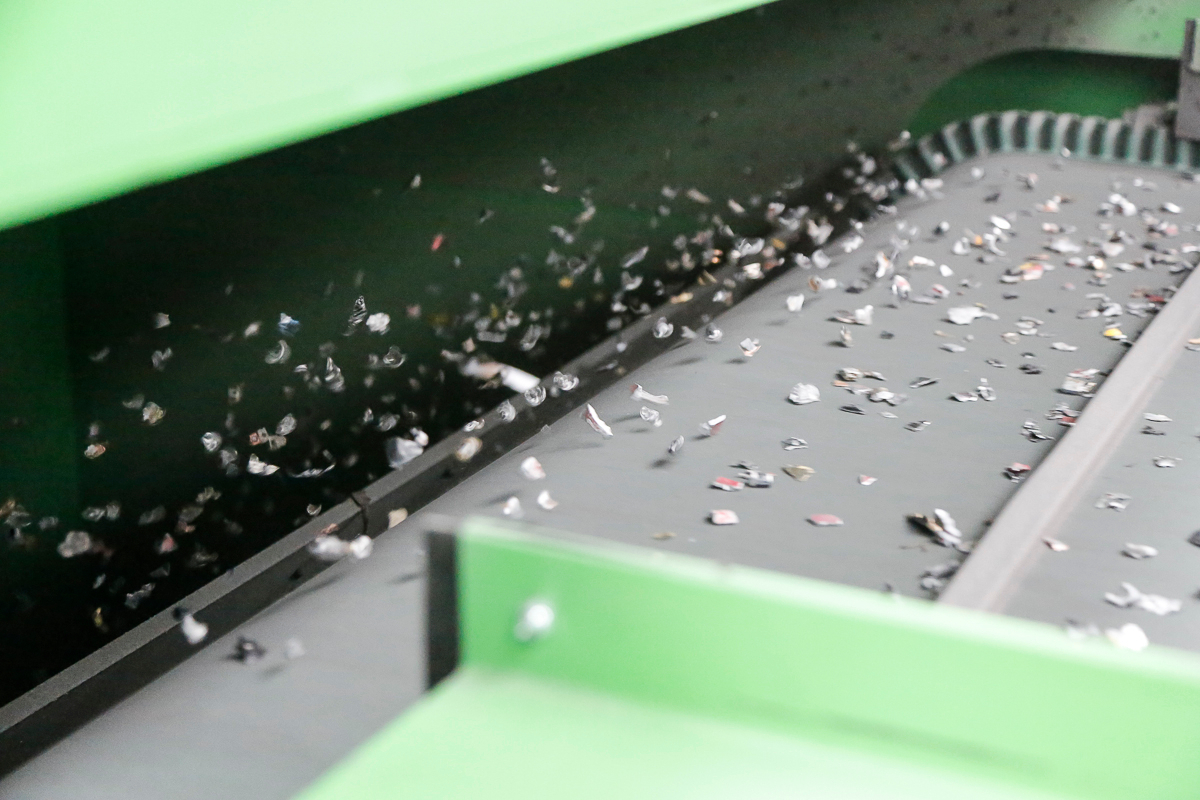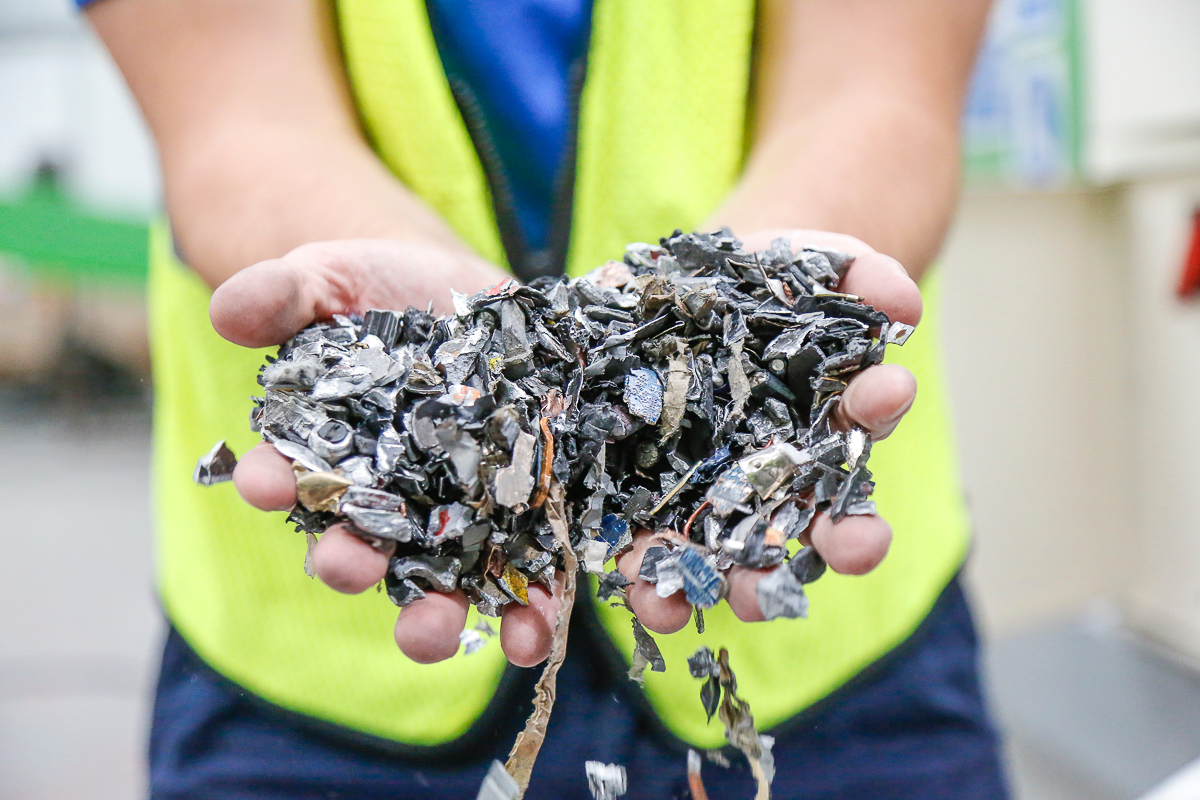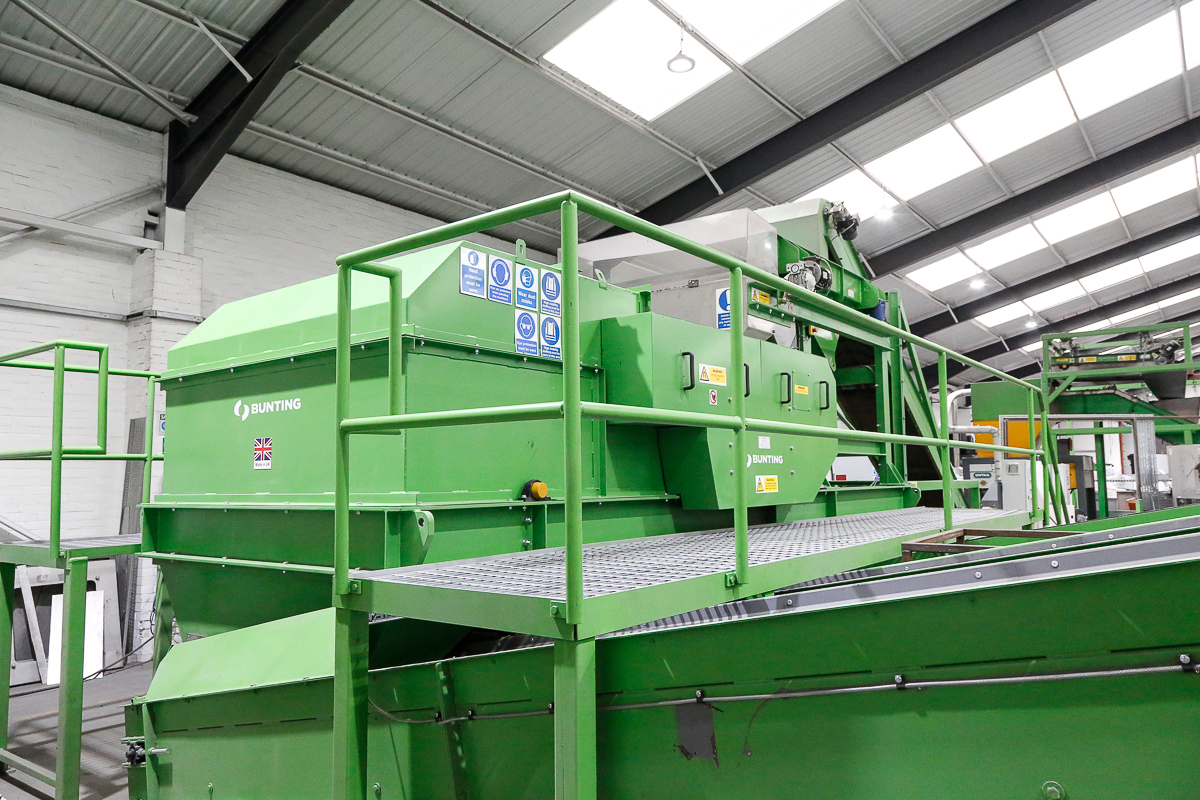Metal separation at E-Waste World Conference 2024
10.06.2024Maximising metal separation and recovery from e-waste is the focus for Bunting on stand C60 at the E-Waste World Conference and Expo (26 to 27 June 2024, Messe Frankfurt/Germany). The Bunting team is joined on the stand by their local representative Marcel Graef from 3SMI.
 Non-ferrous metal recovered from e-waste on an Eddy Current Separator
Non-ferrous metal recovered from e-waste on an Eddy Current Separator
© Bunting
The global production of e-waste rose to 62 million tonnes (Mt) in 2022, up 82 % from 2010 (Unitar). Estimates indicate that e-waste will rise to 82 Mt by 2030. At present, e-waste recycling meets only 1 % of rare earth element demand.
Recovering the valuable metals present in e-waste is challenging, involving liberation, sizing, and separation. Bunting’s separation equipment recovers ferrous and non-ferrous metals at various stages in the e-waste recycling process.
 Shredded e-waste
Shredded e-waste
© Bunting
High-intensity magnetic separators, including the Stainless Steel Magnetic Separator, recover small and weakly magnetic metals including fragmented stainless steel. The remaining non-magnetic fraction passes over an Eddy Current Separator, which recovers the non-ferrous metals such as aluminium and zinc. The concentric and eccentric magnetic rotor designs of Eddy Current Separator enable recovery of non-ferrous metals down to 3 mm in size.
One of the final processes uses an Electrostatic Separator to recover finer metallic particles. Separation occurs by induced an electrostatic charge into a conductive dry-liberated particle.
The location of a metal separator within an e-waste recycling process depends on the flowsheet, the feed material, and the separation objective. Bunting’s applications engineers work closely with e-waste recyclers to understand their process and recommend the optimum separator solution.
 An Eddy Current Separator installed in an e-waste recycling plant
An Eddy Current Separator installed in an e-waste recycling plant
© Bunting
E-waste recyclers also use Bunting’s testing facility at the Customer Experience Centre in the UK to assess metal separation capabilities, processing materials on a wide range of equipment. “There is a drive to increase e-waste recycling which is only possible if there are recognised processes and equipment,” said Bradley Greenwood, Bunting’s European Sales Manager. “The E-Waste World Conference and Expo provides the ideal opportunity to discuss the challenges facing e-waste recyclers and identify separation technology to enable valuable metal recovery.”
